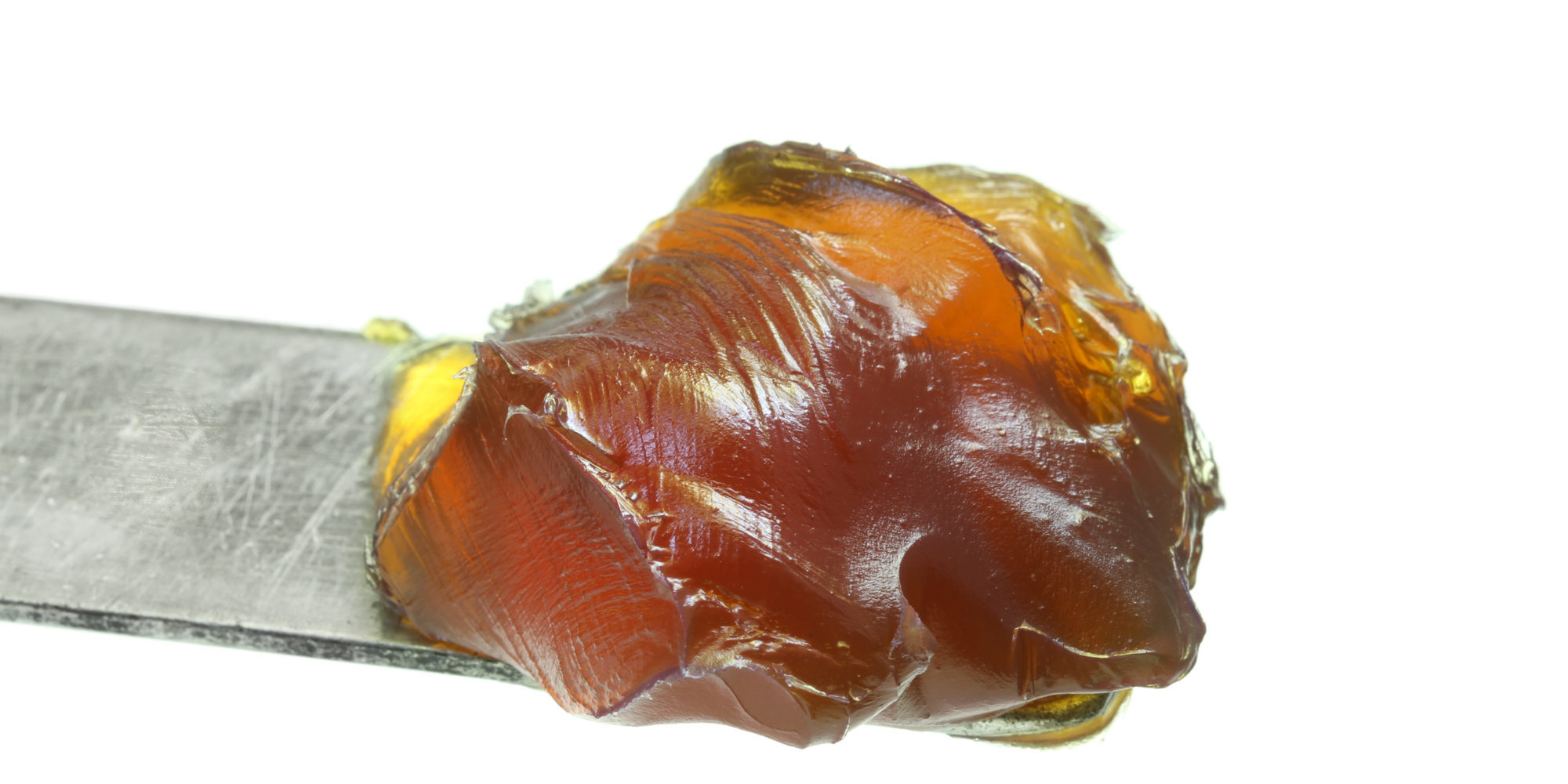Our Animal Fats and Proteins Editor, Ryan Standard, recently spoke at the American Fats and Oils Association meeting in New York. Ryan presented in the Tallow Forum. His presentation addressed the changing supply and demand dynamics in the tallow market and discussed how the changes have affected the way that the market has traded product in the last few years.
A few of the highlights from Ryan’s presentation are captured below.
When comparing cattle slaughter from 2006 to 2014, the number of cattle being processed is off 16% or 5.6 million head. At a rough estimate of 135 lbs of inedible tallow per head, that equates to a reduction in supply of over 750 million pounds or 344 thousand MT. During this time period, biodiesel usage of tallow has increased from near 0 to 356 million pounds in 2014.
Oleochemical demand represents about half of the demand for the inedible tallow market and in response to the shrinking supply and increasing demand, many buyers are booking material ahead. The market has seen spot trading, in both the packer and renderer markets, evaporate from 100 to 150 rail cars a month to as little as 18 rail cars in six months.
Trading in the market has also become more volatile. As prices have increased, particularly in relationship to palm and palm derivatives, exports have decreased. This has been particularly true into overseas markets. In 2006, Mexico accounted for about 45% of US export demand. In 2015 they account for 70% of all US inedible tallow exports. The tallow export market has become fairly predictable based on palm values. When interior BFT is at or above 100% of the price of Malaysian palm stearin, export volumes are weak. Figure 1 below shows a very tight, inverse relationship between the ratio of BFT price to PS price and export volume.
Seasonal decreases have become a new normal as biodiesel plants steer away from tallow during the cold winter months and oleochemical plants draw down their inventories. The past five years the market has seen big September drops as cheaper bean oil and decreased Q4 demand drive values lower.
Tightness looks to continue into 2016 as livestock farmers continue to rebuild their cattle herds. As a result spot trading will likely continue to be limited, but the tallow sellers may see additional competition from veg oils and other animal fats that aren’t hampered by low slaughter numbers. A cloudy economic outlook may keep oleochemical demand limited as well.
Interview with Ryan Standard, U.S. and International Animal Fats & Protein Editor
1. What were the industry-related highlights at the 2015 AFOA conference (could include speakers, market info, etc)?
It was a great conference in New York with lots of insightful presentations, although many forecasting a bearish outlook for the markets in the coming months. The highlight for me, and many, was Dr. Lowell Catlett’s keynote speech. He addressed a number of topics but I think his message of embracing change within markets was important and well delivered.
2. What market trends, either from the conference or your own knowledge, are most important to the industry at the moment?
The EPA targets and the tax credit renewal and structure seem to be top on everyone’s list of market maker in the short term. Everyone seems to be concerned about the overall economic outlook moving forward and perhaps the end of a commodity super cycle which would spell a period of lower prices.
3. What was the nature and focus of your presentation?
My presentation focused on the tallow market, specifically how supply has diminished over the last several years in response to high feed prices and poor cattle margins. The tighter supply has shifted trading from spot to formula-based buying. I also focused on the shifting demand sectors and discussed how cheaper alternatives and a strong US dollar have diminished US tallow exports, but biodiesel usage has increased due to improving technologies and various government mandates.

